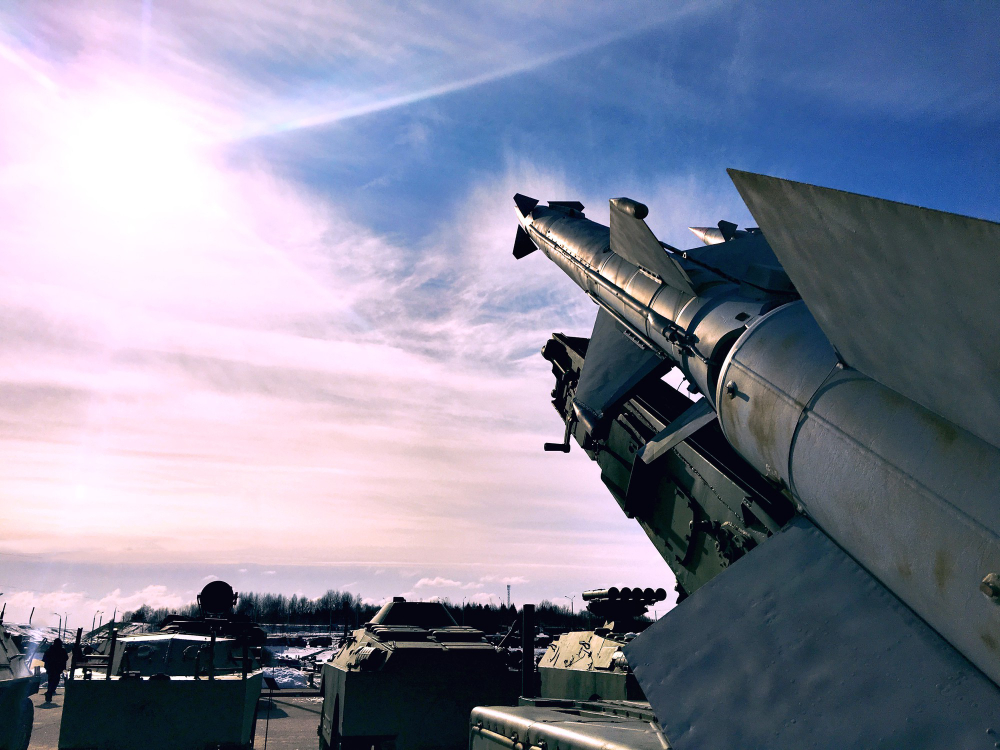Introduction
The European airspace is deeply vulnerable in the face of unprecedented threats emerging from state adversaries and increasingly disruptive technologies. Recent events underscore the urgency of addressing these vulnerabilities. In 2022, Russia began its war of aggression in Ukraine, whereby the use of Kinzhal hypersonic missiles, Shahed drones and electronic warfare (EW) have since repeatedly caused mass damage to Ukrainian air defences and critical infrastructure. This barrage of weapons systems not only demonstrates the destructive potential of modern air attacks but has more importantly exposed significant pervasive capability gaps in European air defence systems. Indeed, despite these escalating threats, Europe’s air defence capabilities remain fragmented and underdeveloped, even as novel initiatives such as the ESSI begin to emerge to fill gaps in European air capabilities. This paper addresses the state of European air defence in two ways. First, it examines the value of IADS as a crucial conceptual framework for discussing European air defence. Second, it argues that there are several political, military and economic challenges that emerging initiatives such as the ESSI face in promoting a European IADS that need to be overcome if Europe is to be able to effectively and credibly protect its own airspace.
About the Author
Benjamin Robitaille Defence & Security Research Department at Finabel.


